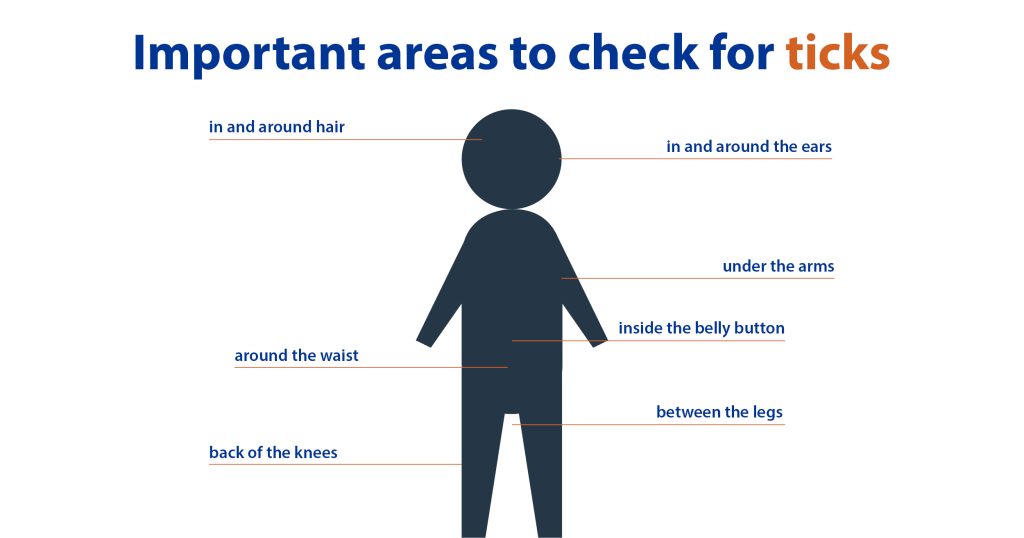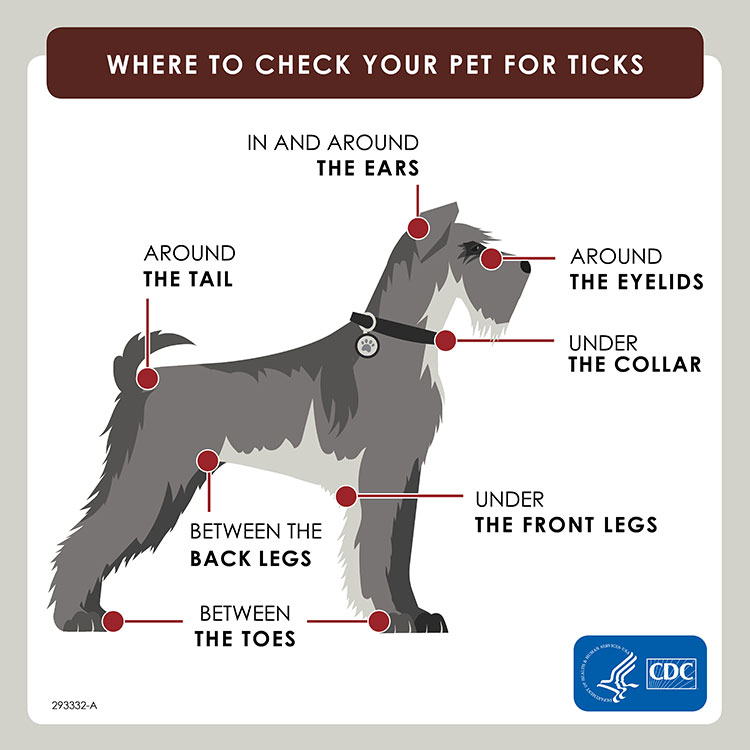Lyme and Other Tick-Borne Diseases
Lyme disease is the most common disease spread by ticks in New York, but ticks can spread other serious diseases.
For more information call 607-832-5200.
What is Lyme Disease?
Lyme Disease is a bacterial infection that can cause fever, headache, fatigue, and a characteristic skin rash, and if left untreated, can spread to joints, the heart, and the nervous system.
Click here to learn more about Lyme Disease.
What is Anaplasmosis & Ehrlichiosis?
Anaplasmosis & Ehrlichiosis is a bacterial infection that can cause fever, chills, fatigue, and muscle aches. If left untreated, it can lead to serious complications.
Click here to learn more about Anaplasmosis & Ehrlichiosis.
What is Babesiosis?
Babesiosis is a disease caused by a parasite that infects red blood cells and people may not show any symptoms.
Click here to learn more about Babesiosis.
What is Rocky Mountain Spotted fever?
Rocky Mountain Spotted Fever is a bacterial infection that can cause fever, rash, headache, muscle aches, and can progress rapidly causing a life-threating illness.
Click here to learn more about Rocky Mountain Spotted Fever.
Prevention
- Use EPA-registered insect repellants containing from 10% to 35% DEET, Oil of Lemon Eucalyptus (OLE), para-menthane-diol (PMD), or 2-undecanone when outdoors.
- Wear light-colored long pants and long-sleeved clothing to make it easier to spot ticks before they attach to the skin.
- Apply sunscreen first then apply insect repellent, when both are used.
- Avoid overgrown brush and tall grass when spending time outside, even on your own yard.
- Remove ticks promptly by grasping the tick with fine point tweezers as close as possible to the skin and pull straight out. Be careful not to squeeze, crush, or puncture the body of the tick, which may contain infectious fluids. After removing the tick, thoroughly disinfect the bite site and wash your hands. Do not attempt to remove the tick by using petroleum jelly, lit cigarettes, or other home remedies, these may increase the chance of contracting a tick-borne disease. Watch NYDOH video on proper removal or visit the Tick Bite Bot | Ticks | CDC


Links are provided as a convenience and for informational purposes only; they do not constitute an endorsement or an approval by Delaware County of any of the products, services or opinions of the corporation or organization or individual. Delaware County bears no responsibility for the accuracy, legality or content of the external site or for that of subsequent links. Contact the external site for answers to questions regarding its content.


